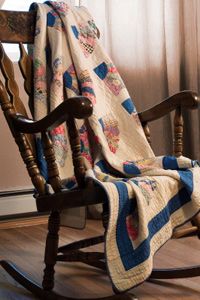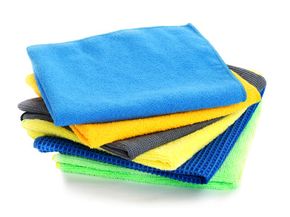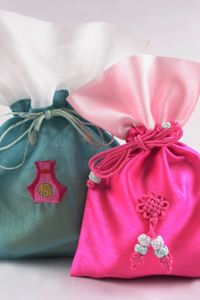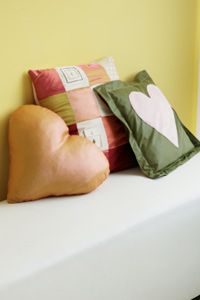Everyone has at least one T-shirt that's too sentimental to throw out with the trash, and yet it's too old to be worn in public. Your family and friends beg you to throw those out-of-style, well-loved Ts away, but sometimes a cotton crewneck can hold a few memories in its stitches.
So you carefully fold those nostalgia-wielding shirts and store them for safekeeping. They lurk at the bottom of the dresser drawers, or in the darkest corners of the closets, where you will most likely never see them again.
Advertisement
Hoarding clothes can be wasteful. If you insist on holding onto your old clothes instead of selling or donating them, don't let good fabric go unused. Pull your old shirts out of their hiding places and get ready to do some crafting. This article will show you five of the most creative and useful ways to transform a worn-out piece of clothing into an everyday, household accessory or a funky new piece for your wardrobe.
Out of your old clothing or other fabric scraps, you can create a handy cleaning tool, a trendy new bag, a soft rug, a comfy pillow or a warm blanket for your bed. Most of these projects require only basic knowledge of sewing, and none of them require the use of a sewing machine (although it does make the work go much more quickly).
We'll begin at the bottom of the list with idea number five. So the next time you get an un-fixable hole in your favorite shirt or pants, don't be so quick to trash them. Instead, read on to find out the first of the top five ways you can turn your scraps of old fabric into something new.







